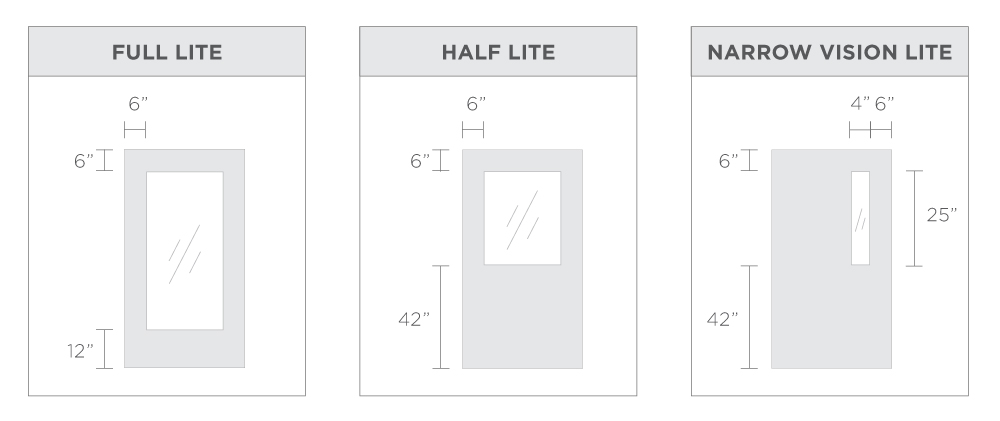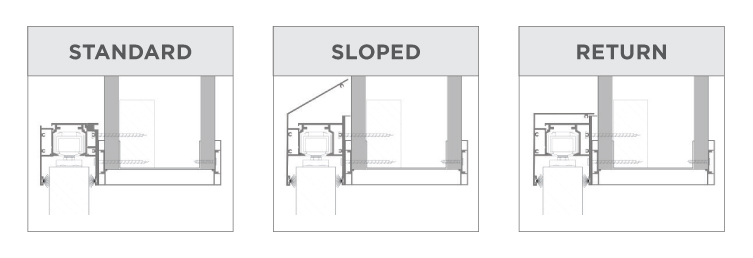Understanding the Benefits and Future of Passive RFID Tag Technology
In recent years, the adoption of Passive RFID Tag technology has gained significant traction across various industries, driven by its cost-effectiveness and efficiency in inventory management. According to a report by Grand View Research, the global RFID market is expected to reach $40.0 billion by 2026, with Passive RFID Tags playing a pivotal role in this growth due to their low operational costs and long lifespan. These tags, which do not require an internal power source and are activated by an external reader, have proven indispensable in sectors such as retail, logistics, and healthcare. As businesses increasingly turn to automated and real-time tracking solutions, the future of Passive RFID Tag technology is poised for expansion, enabling enhanced supply chain transparency and improved operational efficiencies. Understanding the benefits and potential advancements in this technology will be crucial for organizations aiming to leverage RFID systems for competitive advantage.
Benefits of Passive RFID Tags in Supply Chain Management Efficiency
Passive RFID tags have emerged as a transformative technology in supply chain management, driving efficiency and accuracy across various industries. These tags, which do not require a battery and draw power from the RFID reader's signal, facilitate real-time tracking and monitoring of inventory. This capability allows businesses to streamline their inventory management processes, reducing the risk of overstocking or stockouts, and ultimately leading to significant cost savings.
Moreover, the use of passive RFID tags enhances visibility throughout the supply chain. By enabling accurate and automatic identification of products, these tags help businesses improve their response times and adapt swiftly to changing market demands. The data collected from RFID systems can provide valuable insights into inventory levels and movement, enabling organizations to optimize their logistics and distribution networks. As a result, companies can achieve a more agile supply chain, improve customer satisfaction, and maintain a competitive edge in an increasingly complex market landscape.
Cost Analysis: Comparing Passive RFID Tags to Traditional Tracking Methods
When comparing passive RFID tags to traditional tracking methods, a thorough cost analysis reveals significant advantages for businesses. According to a report by IDTechEx, the average cost of passive RFID tags has decreased to around $0.10 to $0.40 per tag, depending on the volume purchased, whereas traditional barcode systems tend to average between $0.05 and $0.10 per label. However, while the initial cost of barcodes appears lower, the total cost of ownership for RFID includes reduced labor costs and increased efficiency, which can lead to long-term savings.
A study conducted by the University of Arkansas identified that companies employing RFID technology saw inventory accuracy improvement from 63% to 95%. This enhanced accuracy reduces stock discrepancies and improves customer satisfaction, contributing to a stronger bottom line. Furthermore, logistics costs can drop by 15-30% when switching to RFID, as highlighted in a report by Zebra Technologies. These savings underscore the importance of considering not just the acquisition costs, but the overall operational performance and efficiency that passive RFID tags provide in comparison to traditional tracking methods.
Enhancing Inventory Accuracy Through Passive RFID Technology Implementation
Passive RFID (Radio Frequency Identification) technology is revolutionizing inventory management across various industries. By utilizing low-cost, battery-free tags that are activated by radio waves from a reader, businesses can significantly enhance their inventory accuracy. Unlike traditional barcode systems, which require a line of sight for scanning, passive RFID tags can be read from a distance and in bulk. This capability not only speeds up the inventory counting process but also minimizes human errors that often lead to discrepancies in stock levels.
The incorporation of passive RFID technology into inventory systems enables real-time tracking of goods throughout the supply chain. This increased visibility ensures that businesses can respond promptly to stock shortages or surpluses, thus optimizing their inventory turnover rates. Additionally, as companies gather data on inventory movement, they can analyze trends and make informed decisions regarding purchasing and sales strategies, ultimately leading to improved operational efficiency and customer satisfaction. As more organizations recognize these benefits, the future of passive RFID technology appears bright, promising even greater advancements in inventory management.
Future Trends: Innovations in Passive RFID Tags and Their Market Impact
The passive RFID tag technology is experiencing a surge in innovations that promise to reshape various industries. With the global market expected to reach $10.3 billion by 2025, driven by retail and logistics applications, the adoption of these tags is set to revolutionize asset tracking, inventory management, and supply chain visibility. Recent advancements include improved read ranges and reduced costs, allowing even small businesses to harness the power of RFID. As companies increasingly recognize the value of real-time data and enhanced efficiency, the demand for passive RFID solutions continues to grow.
Tips: For businesses considering the integration of passive RFID technology, evaluate your current processes to identify specific pain points. This will help in choosing the right system tailored to your needs. Furthermore, staying informed about emerging trends, such as printable RFID tags and developments in IoT integration, will ensure that your operations remain competitive and future-proof.
Looking ahead, innovations such as energy-harvesting RFID and the miniaturization of tags are on the horizon. These advancements will not only enhance operational efficiencies but also open new avenues for applications in sectors like healthcare and agriculture. As industries adapt to these technologies, the landscape will evolve, demonstrating that the future of passive RFID is closely linked to continuous innovation and smart investments.
Case Studies: Successful Passive RFID Solutions Across Various Industries
Passive RFID (Radio Frequency Identification) technology has increasingly found applications across various industries, showcasing its effectiveness and versatility. One notable case study is in retail, where companies like Walmart have successfully implemented passive RFID tags to enhance inventory management. By tagging products at the source, Walmart has improved stock accuracy and decreased out-of-stock situations, ultimately leading to increased sales and better customer satisfaction.
Another significant example comes from the healthcare sector, where hospitals are leveraging passive RFID tags to track medical equipment. For instance, a leading metropolitan hospital employed RFID solutions to monitor the availability and location of vital devices, significantly reducing equipment loss and streamlining the supply chain. This real-time tracking has not only improved operational efficiency but also enhanced patient care by ensuring that necessary tools are readily available when needed. These examples reflect the growing reliance on passive RFID technology as businesses seek innovative solutions to optimize operations and improve overall efficiency.





